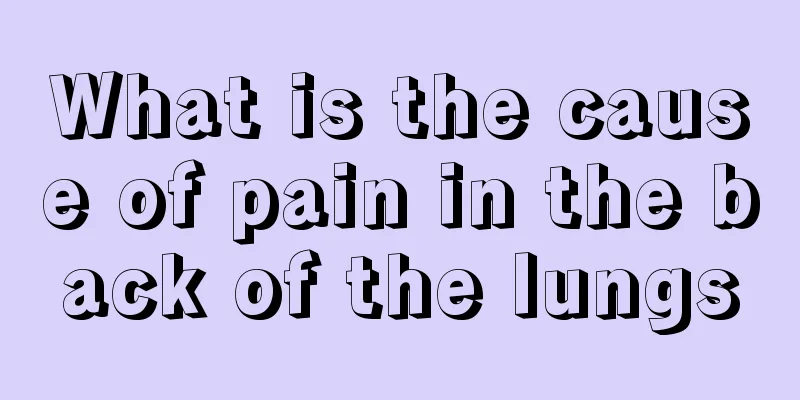Depigmented leukoplakia

|
When depigmented white spots appear, don't rush to draw conclusions. You can go to the hospital for advanced examination in time to see which disease you have and then receive treatment. Common depigmented white spots include vitiligo, anemic nevus and tinea versicolor. To completely cure them, we must first understand the causes of these diseases, and then actively treat them with the help of a doctor. (1) Vitiligo: It manifests as completely depigmented spots without inflammation, usually with clear boundaries. Can be single or multiple. The treatment methods for this disease are diverse and common treatment options include: topical application of hormone ointments, calcineurin inhibitors, compound cumin tincture, psoralea corylifolia, and vitamin D3 derivatives; systemic oral administration of Chinese medicine and hormones as appropriate; phototherapy mostly uses NB-UVB or 308 laser treatment. Skin grafting or autologous melanocyte transplantation may be considered for localized, refractory stable skin lesions. Generally, it is a combination of one or more medications. (2) Non-pigmented nevus: occurs after birth or soon after. The lesions are pale localized hypopigmented spots of varying sizes. The depigmentation is incomplete and not as obvious as vitiligo. The borders are blurred and irregular, and sometimes the edges are jagged. This disease does not require treatment. (3) Anemic nevus: A congenital localized hypopigmented spot that rarely appears after birth and continues to expand. Its shape remains unchanged. When rubbed vigorously, the local area does not turn red, while the surrounding normal skin turns red. When pressed with a slide, the edge of the lesion becomes more blurred. This disease requires no treatment and there is no specific treatment. (4) Tinea versicolor: This disease often occurs on the chest and back, and can manifest as small, bran-like scales on the basis of pigmentation or depigmentation spots, with a distribution pattern similar to spots. Treatment: Antifungal drugs can be applied topically. In severe cases, oral itraconazole can be considered. (5) Simple pityriasis: Also known as white pityriasis, the cause of which is currently unclear. It is more common in children and is more common on the face. It appears as round or oval pale white patches with a small amount of scales attached and blurred boundaries. Treatment: This disease can heal itself. Local skin care lotion can be used for symptomatic treatment and avoid sun exposure. There are many other depigmented spots, such as senile leukoplakia, solar leukoplakia, Ito-like hypopigmented spots, idiopathic guttate hypopigmentation, hypopigmented lichen linearis, hypopigmented mycosis fungoides, etc., all of which need to be differentiated from related hypopigmented spots. Not all white spots can be treated with the same method, and you need to consult a specialist. |
<<: Is thumb tendon rupture serious?
>>: The tip of my thumb hurts when I press it
Recommend
400m running tips
We all know how to run, and we all run often. Esp...
Lentigo maligna is one of the early symptoms of melanoma
Many people may be unfamiliar with the early symp...
Disadvantages of silicone powder puff
Silicone powder puff is a new type of powder puff...
Let me tell you about the more common causes of kidney cancer
The cause of kidney cancer is a major problem tha...
What are the common symptoms of gallbladder cancer
Gallbladder cancer is a type of cancer. Experts s...
Is lymphoma contagious after it develops?
In fact, there are nearly 80 types of lymphoma, a...
What is the reason why I can eat without getting fat
In daily life, there are some people who can eat ...
How much does radiotherapy for laryngeal cancer cost
How much does radiotherapy for laryngeal cancer c...
Neurological tinnitus is finally cured. How to prevent it?
Tinnitus is a disease that affects people's h...
What are the dietary treatments for breast diseases?
Breasts are the most important part of women and ...
Will multi-drug resistant bacteria last a lifetime?
There are many medicines in life, and their effec...
Recovery period of traumatic cerebral hemorrhage
The recovery period of some diseases in life is p...
Can red wine prevent ovarian cancer?
With the popularization of medical knowledge, mor...
What to do if your face is allergic to seafood
Many people in our lives love to eat seafood, but...
The digestion process of starch, protein and fat_Where is protein digested
Many of the foods we consume on a daily basis are...









